Introduction to Native Plants in our Sale
For the purposes of this sale, I have listed “Native to Mass” if they naturally occur in Massachusetts and “Native to US” if the are native to somewhere in the continental United States. I have tried to provide descriptions of a plant’s native range for most perennials, trees, shrubs and evergreens.
However the plants in this sale are not identified or sold as native genotypes, except where noted in the plant description as ‘provenance.’ For more information about what “native genotypes” are, you can find a nice description here: https://www.canr.msu.edu/nativeplants/getting_started/choosing_plants
Native species are important for many reasons. One reason is species interdependence. Plants evolved with all the other organisms in their habitat and have ecological roles in nature. There are many birds, insects, butterflies and mammals that rely on native plants. To highlight these relationships, when I could, I included information about what organisms are supported by each native plant, a lot of this information comes from The Lady Bird Johnson Wildflower Center, https://www.wildflower.org.
You may see in the description “special value to native bees” and identification of larval hosts. This information comes from The Xerces Society for Invertebrate Conservation
